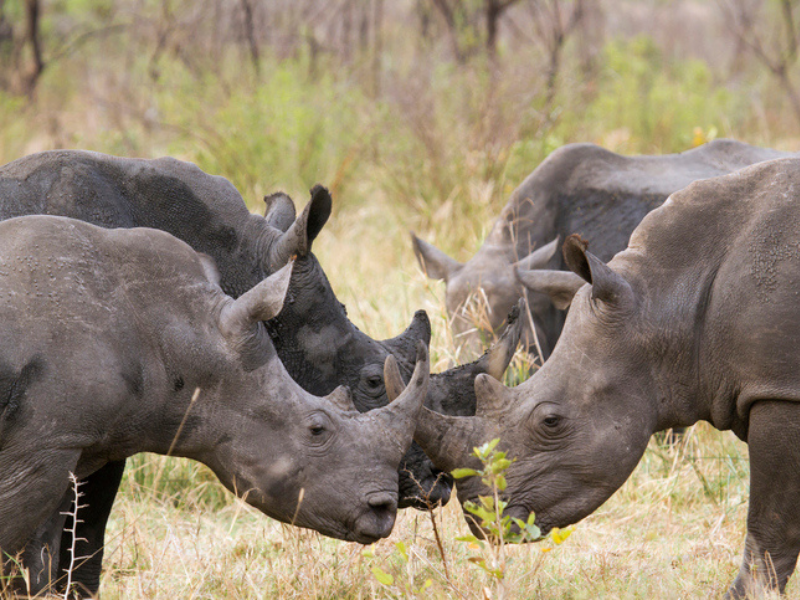New intervention aims to reduce the rhino poaching crisis in SA
Updated | By Udesha Moodley-Judhoo
Did you know that South Africa has the largest rhino population in the world and has therefore been hit the hardest in the poaching crisis?

One of the things that we pride ourselves on the most in South Africa is our wildlife. Their pristine existence dates back to a rich history that attracts many people to our beloved country.
However, their uniqueness has also attracted some human cruelty. Rhino poaching is a crisis that has caused much mayhem and brutality to our wildlife population. It has threatened the safety of the rhino population and caused conservationists to move rhinos from South Africa to protect them from the harsh realities of poaching.
Scientists from the University of the Witwatersrand (Wits University) have devised a solution to stop the illegal smuggling of rhino horns. The anti-poaching solution involves making rhino horns radioactive.
Savetherhino.org says, "Rhino poaching is not merely the work of opportunistic criminals; it is part of a complex web of illicit networks that span national and continental borders. The people involved undertake different forms of illegal activities, from tracking and killing rhinos in protected areas to smuggling their horns and sourcing global buyers."
What's worse is that KwaZulu-Natal remains the province hit hardest by poaching.
A team of scientists at Wits University launched the project, which involves injecting rhino horns with low-level radioactive material. The process is said to be harmless to rhinos, allowing authorities to detect smuggled horns at borders.
We have demonstrated, beyond scientific doubt, that the process is completely safe for the animal and effective in making the horn detectable through international customs nuclear security systems.- Wits University Professor James Larkin who is also the Chief Scientific Officer of the Rhisotope Project
According to BBC News, "the university's venture, the Rhisotope Project, cost around £220,000 ($290,000/R5.2million) and involved six years of research and testing."
In short, the project allows rhino horns to be "detectable and traceable".
Check out the video below showing the project going live, courtesy of YouTube.

HOW TO LISTEN TO EAST COAST RADIO
- Listen to East Coast Radio on the FM (frequency modulation) spectrum between 94 and 95 FM on your radio.
- Listen live to ECR by clicking here or download the ECR App (iOS/Android).
- Listen to East Coast Radio on the DStv audio bouquet, channel 836.
- Switch to the audio bouquet on your Openview decoder and browse to channel 606
- Listen to us on Amazon Alexa.
Follow us on social media:
Image Courtesy of iStock
Check out more from East Coast Radio
Show's Stories
-
American giving isiZulu lessons on social media
This American content creator's love for South Africa has inspired him t...
Carol Ofori an hour ago -
New intervention aims to reduce the rhino poaching crisis in SA
Did you know that South Africa has the largest rhino population in the w...
Carol Ofori an hour ago